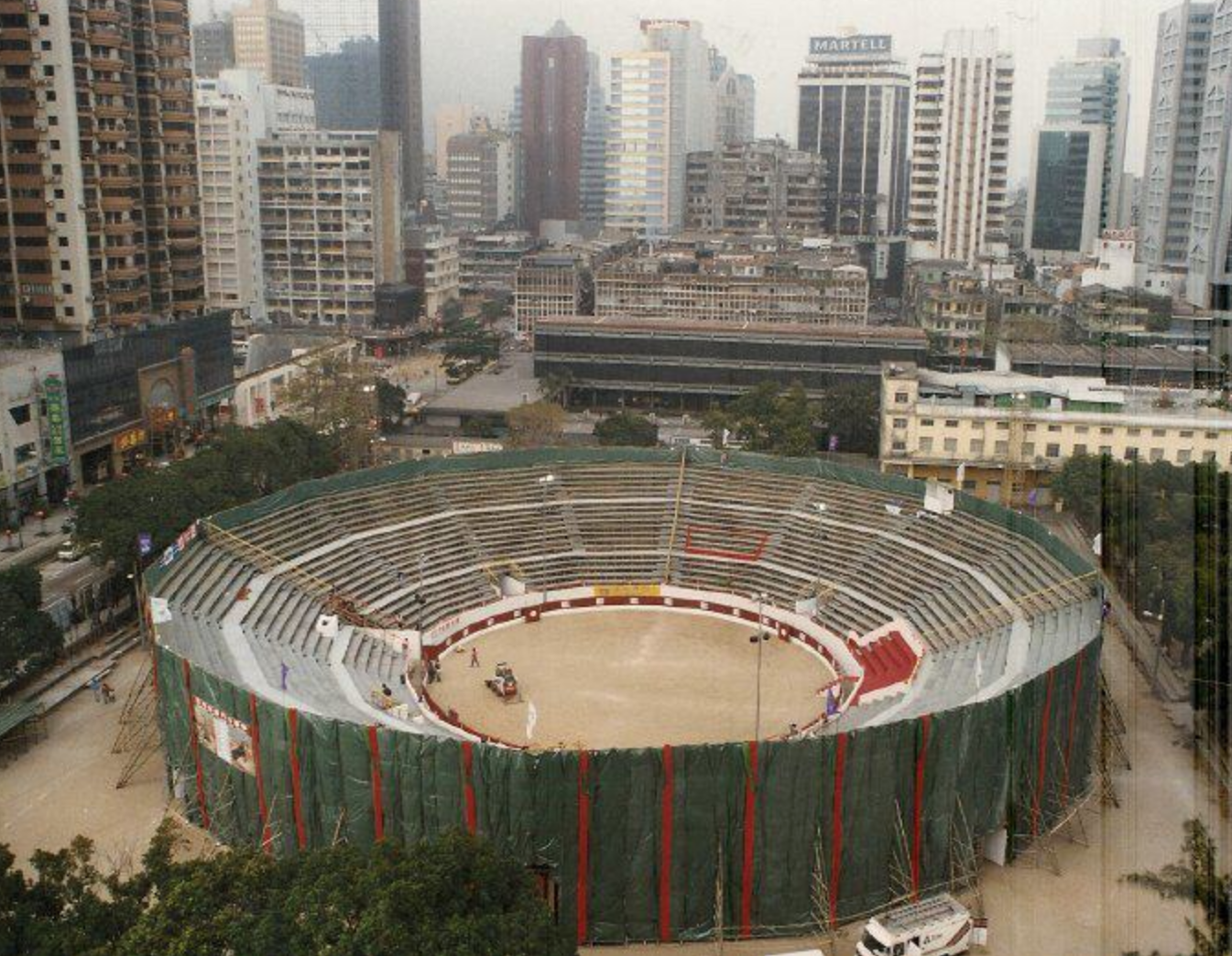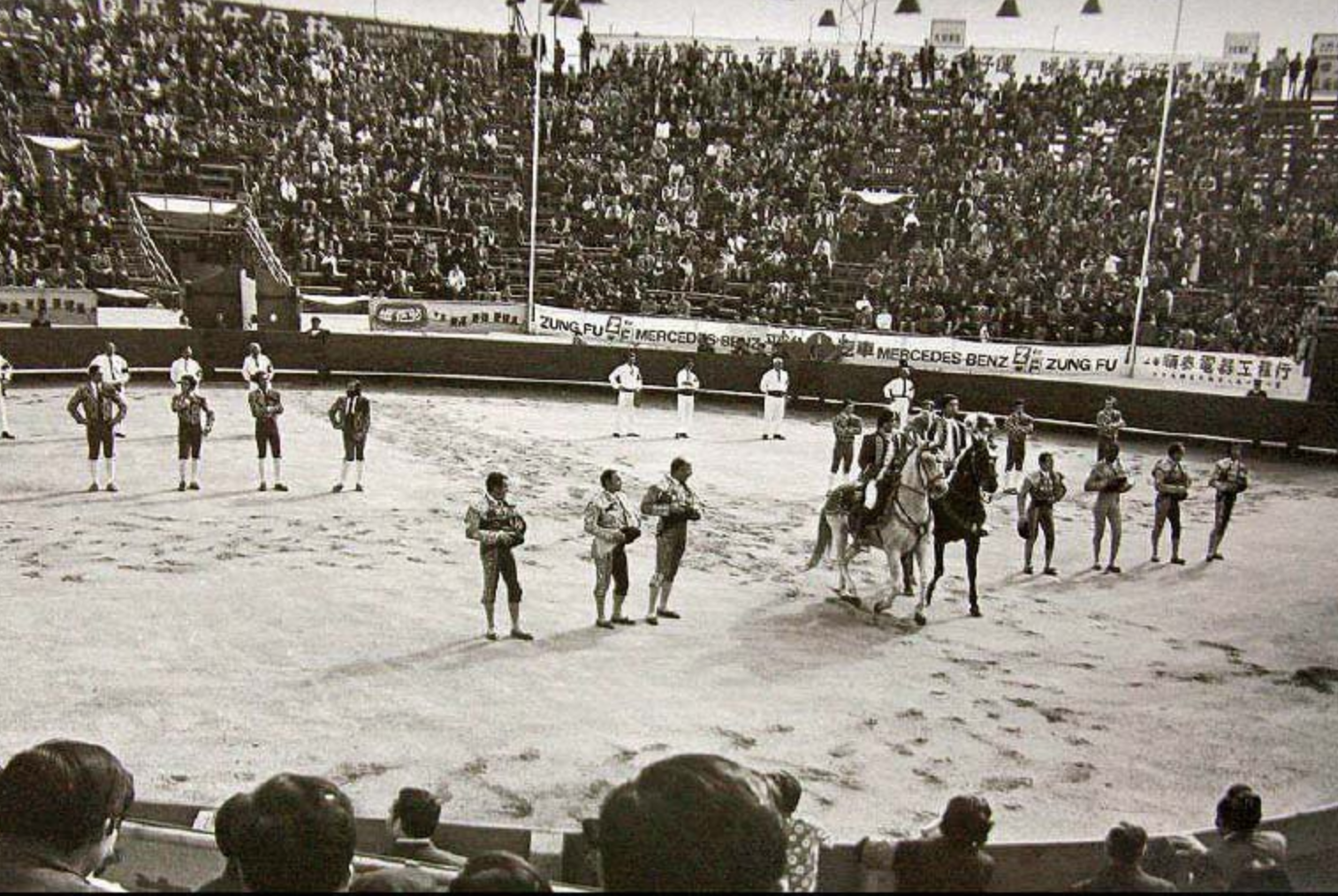The future indicates that there’s a wide and upcoming decrease in animals being used for our pleasure. This includes sports such as horse and dog racing and entertainment like bullfighting. However, the past was full of these happenings as animal rights and their welfare was not widely regarded as important as it is today.
Most of the world has banned or prohibited bullfights and a lot of the places where these still take place are not allowed to kill the animals at the arena during the show. The killing on stage only happens in a few cities. California, for example, might have the best set of rules when it comes to this type of entertainment. Their bullfights are bloodless where instead of striking the bull with a pointed object, the goal is for the horseman to hit a velcro strip placed on the bull’s back. Bullfighting is still a very famous and popular contest between a bull and humans–one riding a horse and the others on the ground. Spain, Portugal, France, and some countries in Latin America (like Mexico) are real fans of this sport still.
It’s hard for one to imagine bullfighting being a popular thing in China, Vietnam or any other country in Asia for that matter. However, did you know that Macau once had a bullfighting arena?

Macau bullfighting ring, 1966. Source: Macau Antigo blog
From Portugal, with Bulls
This moveable arena was mounted where one can now see Grand Lisboa Hotel, in a place–now non-existent–known as the Workers Field. This spot also hosted football matches and championships, among other activities for all to see and join. Macau’s inaugural bullfight took place in August 1966, on a bright, sunny day.
According to João Botas, the 1966 shows took place at a “bamboo-made square on Rua Dr. Rodrigo Rodrigues, an area of embankments, behind what was to be Lisboa Hotel, close to the Guia ramp leading to the hospital”. These happenings were made possible thanks to Sociedade de Jogos de Turismo (STDM), owned by Macau tycoon, Stanley Ho–who’s also the owner of properties such as Grand Lisboa Hotel, Sofitel Macau at Ponte 16 among many others. In his blog, Botas also explains that there were nine shows in total during that August. The bulls and three horses arrived at Macau by boat, from Portugal and started with a performance by the local police music band.
However, records show that bullfighting took place in two areas of the peninsula. The first ones in an area–specifically built for this purpose–situated on the Outer Harbour embankment and at the abovementioned Workers Field. According to our source, the latter was used for bullfighting in the 90s, specifically in 1996. On February of that year, South China Morning Post wrote this about said arena: “A special 6,000 capacity arena has been built next to the Hotel Lisboa for the six-date event estimated to be costing between $8 million and $10 million (Hong Kong dollars).” The same article shows us how the territory was thrilled to have this entertainment activity back. It describes the parading of the stars–horseman, forcados (a group of men who jointly try to tame the bull in the ground, without the aid of a horse) and the rest of the team–through the streets of Macau.

Photo credit: Patricio Estay
Chibanga in Macau on His Knees
Although bullfighting has been increasingly unpopular due to its violent nature, there is a whole culture and tradition linked to it. Upon reading numerous testimonies and titles on the beauty of this show, one can’t help but acknowledge that it was about much more than just defeating an animal in an area in front of an audience. According to true enthusiasts and horsemen, it was about the accessories like the red cape used to goad the bull. True lovers of the spectacle argue that it’s all about watching the elegance with which a man defies death while facing a powerful bull.
Being so, there is a lot of meaningful homages to horsemen around the world. One of them is Ricardo Chibanga, one of the only bullfighting horseman with African roots in history. All the shows featuring this grandiose man were sold-out, with crowds cheering and standing on their feet to applaud him at the end of every single performance. The performances in Macau usually ended up with Chibanga on his knees with his back turned to the bull and facing the audience, who cheered him on non-stop. Sadly, he recently passed away on April 16, 2019.
After Macau, he went on to inaugurate bullfighting shows in Indonesia’s capital–between April and May, 1969–where records show that 100,000 people attended, making the Jakarta shows ones with the biggest audiences ever. Suffice to say Chibanga must’ve had his charms. Other bullfights had taken place all over the world, but never with this success. This is also proof that Asia did like this kind of show as much as any Portuguese or Spanish back in the day.
Manuel dos Santos: The Cream of the Crop
Although the Mozambique-born Chibanga was a renowned face and name amongst bullfighting fans, it was Portuguese horseman Manuel dos Santos and entrepreneur Alfredo Ovelha who brought–on Portugal’s side–these matches to Macau and other corners of the world, such as Mozambique in Africa where Chibanga first fell in love with bullfighting, while watching a show featuring Manuel dos Santos.
He was also the headliner for the Macau shows, along with the Chibanga and other horsemen. In the 50s, he was considered one the best “bull killers” in the world, standing shoulder to shoulder with other legendary Portuguese celebrities such as football player Eusébio, or Fado singer, Amália Rodrigues.
Killing bulls in front of the public, in the arena, was made illegal in Portugal. However, in 1951, the star did kill one of the animals and went to jail for it. Manuel dos Santos and Chibanga were also famous for a variation of bullfighting where instead of being on a horse, they would face the bull on the ground, thus at the same level as the animal.
Interestingly enough, Manuel dos Santos had a much closer relationship with Macau than one would imagine. After being responsible for bringing these performances to the city, it’s said he became a close acquaintance of Stanley Ho’s family. The local tycoon bought several properties where the bullfighter and his family would stay. In fact, he and his first wife–Clementina Ângela, known as “Tininha”–visited Manuel dos Santos’ family home, in Portugal. One time, Clementina Ângela was even in the arena with the bullfighter, in Portugal. As you can see, even in this field there are strong ties linking Macau to Portugal.

Photo credit: Lei Chiu-Vang
Portuguese Soul in the Far East
In September 2018, Portuguese bullfighting horseman Marco José announced that he was heading a touristic investment related to this art: the idea was to start running, in the Chinese province of Guizhou, these contests. In 2004, Spanish bullfighters and entrepreneurs put in action a similar idea in Shanghai.
Bibliography
South China Morning Post article Lure of bullfight brings rush-hour Macau to a halt, February 17, 1996
Macau Antigo blog article Tourada, 1966 (by João Botas), June 20, 2009
Macau Antigo blog article Primeira Tourada em Macau, 1966 (by João Botas), June 23, 2013
Observador newspaper article Suerte entre dos (by Helena Matos), December 6, 2014



































